Within the span of a few short days, people affected by both the Parkland shooting in Florida and the Sandy Hook shooting in Massachusetts have completed suicide. As the Director of Public Training at The Trevor Project, the world's largest suicide prevention and crisis intervention organization for LGBTQ+ youth, I know from experience how stories like these can impact the wellness of those already struggling with suicidal ideation. That's why it's time that people both within the LGBTQ+ community and beyond it rethink the way we've traditionally talked about and covered suicide in the media. Doing so could not only save lives, but also improve them.
Incidents like these can leave people looking for answers. What could cause two or more people to complete suicide within such a short span of time? "Contagion" is a word that a lot of people would point to. According to the Department of Health and Human Services, contagion is "the exposure to suicide or suicidal behaviors within one's family, one's peer group, or through media reports of suicide, and can result in an increase in suicide and suicidal behaviors." It's difficult to identify what exactly causes contagion and why we see some communities impacted by suicides and not others.
But with Parkland and Sandy Hook, these are communities that weren't impacted by suicide, but by a different kind of tragedy. While we could look at the succession of suicides and say it looks like a classic case of contagion, we're actually looking at something far more complex about grief and the way people process trauma. These nuances tell us that now, more than ever, we need to get comfortable with talking about suicide and not shut down the conversation.
It doesn't help that news reporting often focuses on the circumstances around someone's death instead of focusing on helping the people who are struggling. Inappropriate reporting on suicide feeds into shame: in society, we talk about how selfish or how horrible a decision suicide is, or pathologize the person who died by suicide using stigmatizing language like "unstable" or "crazy." That makes it much harder to talk about suicidal ideation. When messages the world is giving you about your suicidal thoughts and feelings is overtly and implicitly negative and designed to shame you out of feeling suicidal in the first place, people don't want to bring it up for fear they will be judged.
When I started volunteering with The Trevor Project in 2011, I didn't have a background specifically in suicide prevention, and I worried that I couldn't support someone who was suicidal. But I quickly learned that any of us can support someone who is experiencing trauma and hopelessness with the right education. This is important, because, statistically speaking, there will be someone in my life who needs that support. It's just a matter of when. We also know that just one supportive person can reduce an LGBTQ+ young person's risk for suicide by 30%, which can make a huge difference. That's why today I travel the country educating people about how to talk about these issues and hopefully make a difference.
We apply that education to our practices at Trevor. On our social media, for example, we will put out a statement after a high-profile suicide not about the individual circumstances, but saying, "If you or anybody you know needs support, please reach out to Trevor. We are here." I would advise any reporter seeking to cover suicide ethically to seek counsel and support from the community that works with suicidal ideation most often, and that's not just Trevor. We need to be aware of the implications of irresponsible reporting and on what might cause contagion in any given community.
At Trevor, we serve a unique community because it faces stigmas and shame based on our identities and who we are. Trevor exists because there are people who say LGBTQ+ youth shouldn't exist. We strive to create an environment where young people, who might feel like they have to hide who they are, can breathe a sigh of relief and speak openly with us. Shame can be devastating for young LGBTQ+ people, especially when it comes time to talk about such a sensitive, intimate subject as suicidal ideation.
But any member of society, no matter their age and no matter their identity, could be dealing with suicidal ideation. They could be be dealing with a society that tells them they shouldn't be open about their struggle, that it's wrong or it's selfish or it doesn't deserve respect. While we struggle to make sense of these recent deaths, let's remember there's something we can do right now: focusing on supporting the people who are alive and have been impacted, and on what they need from us.


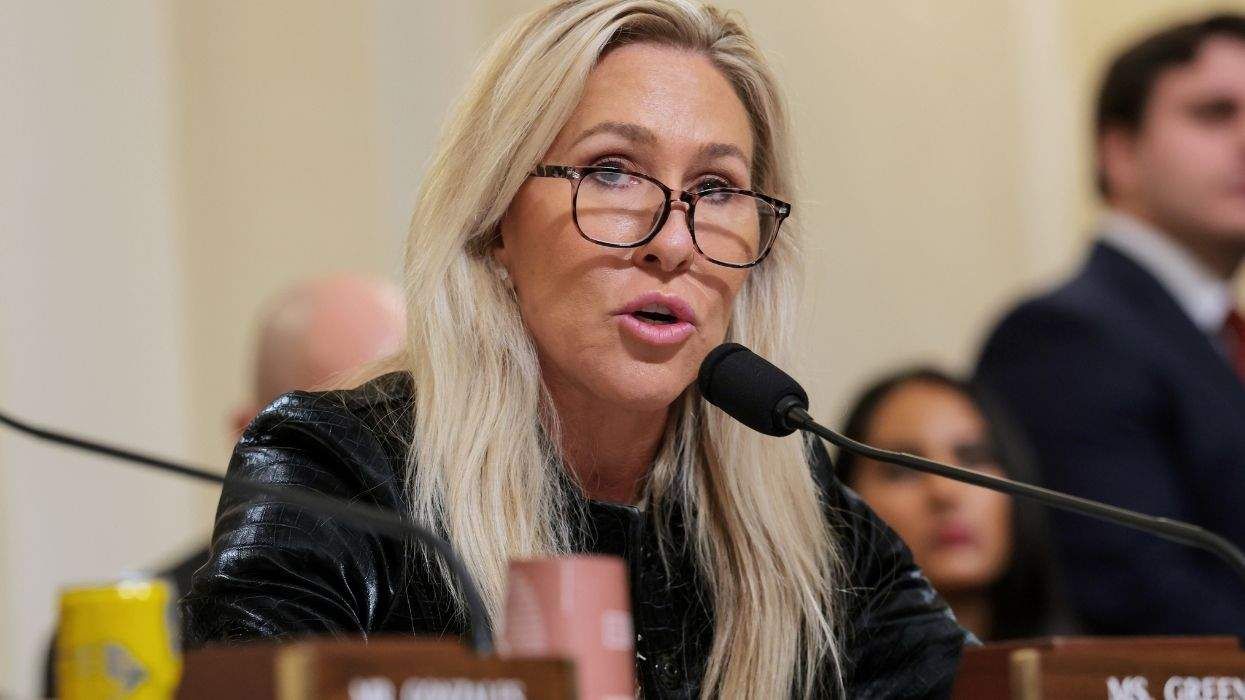










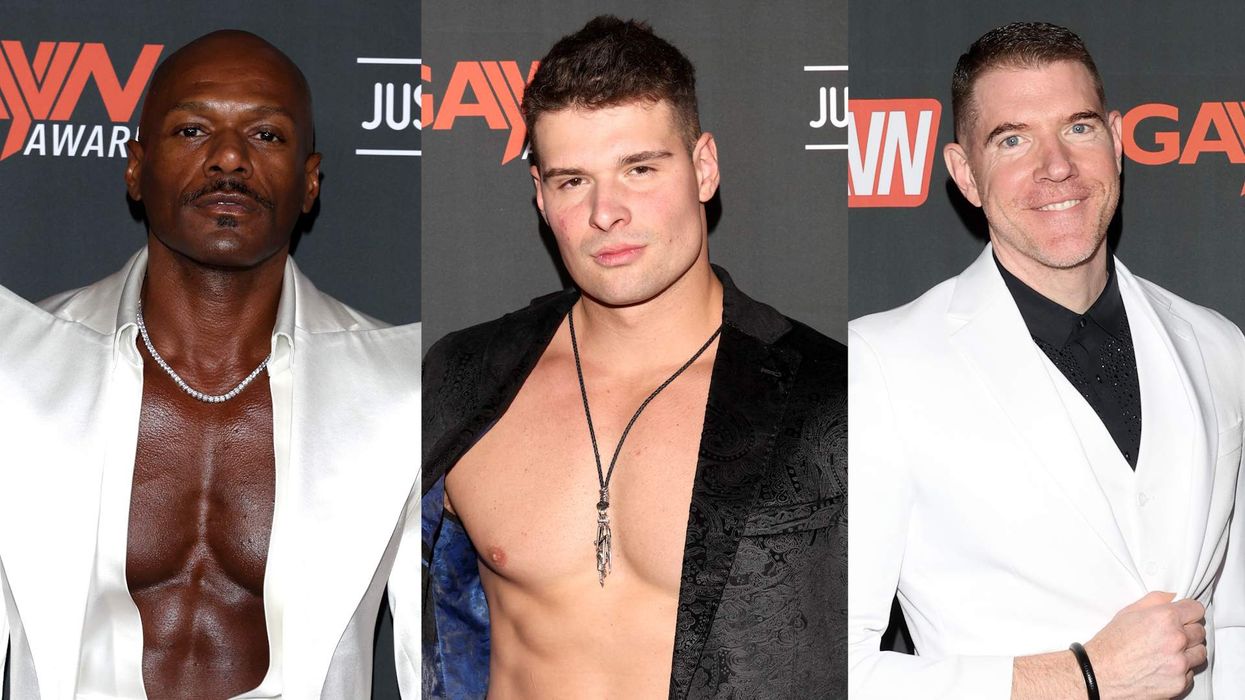




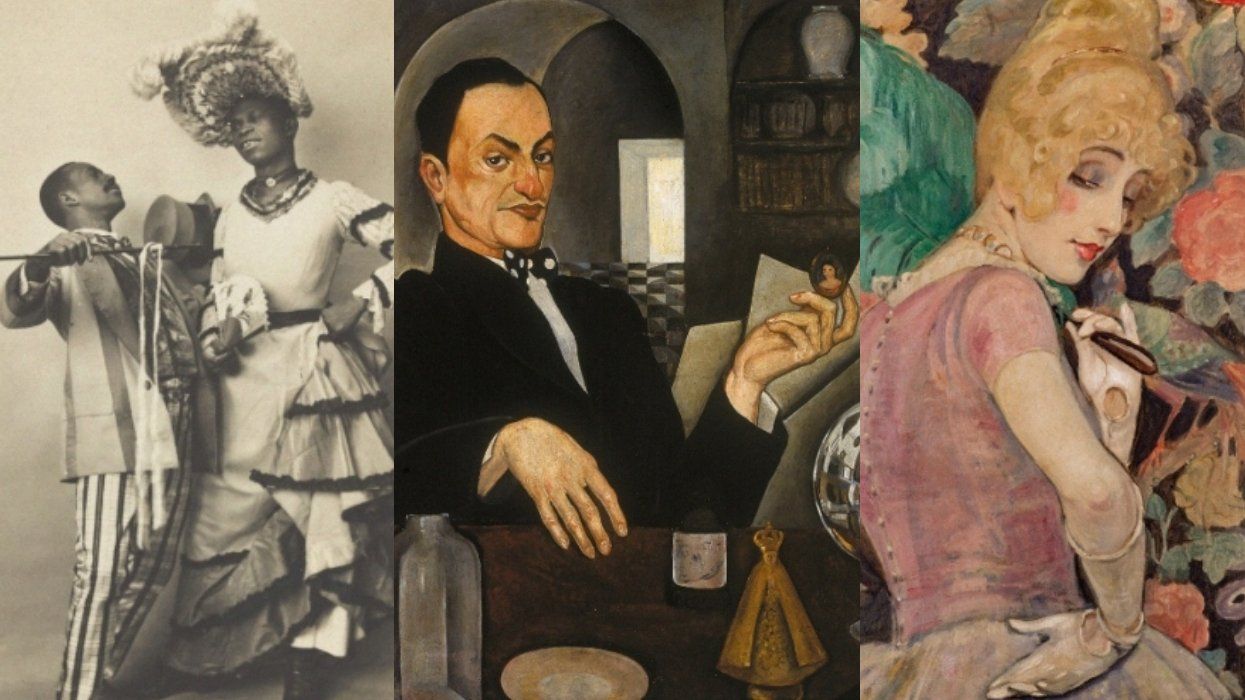


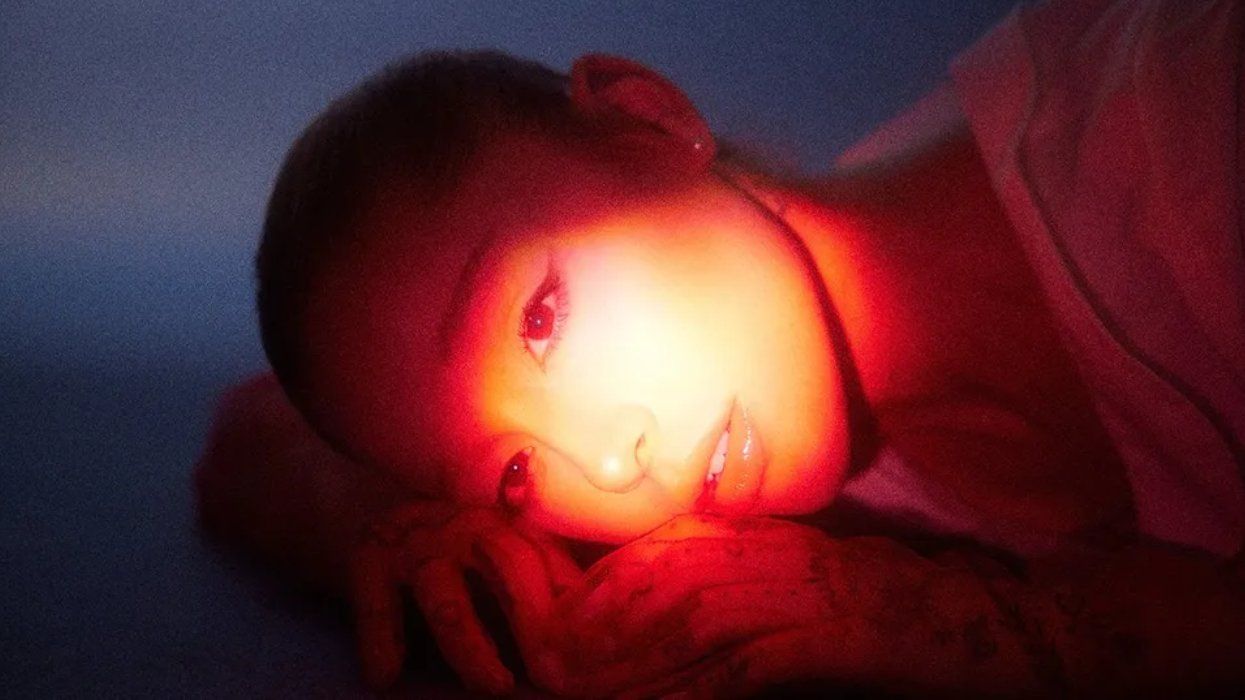
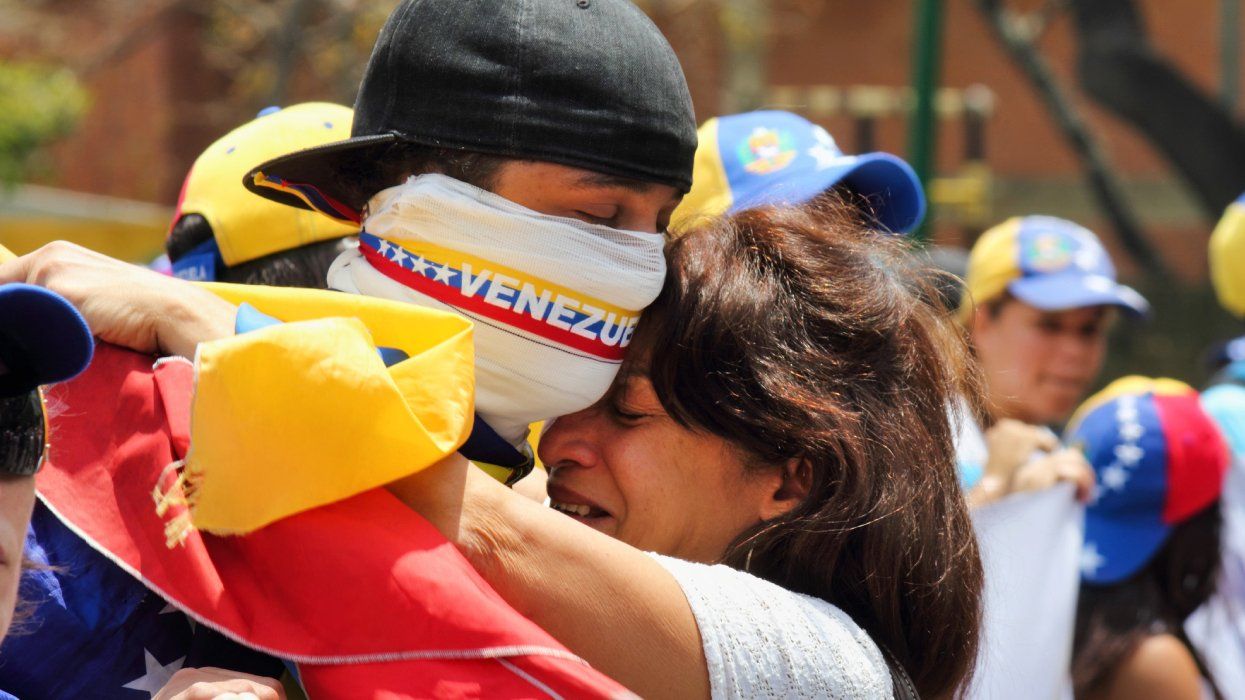
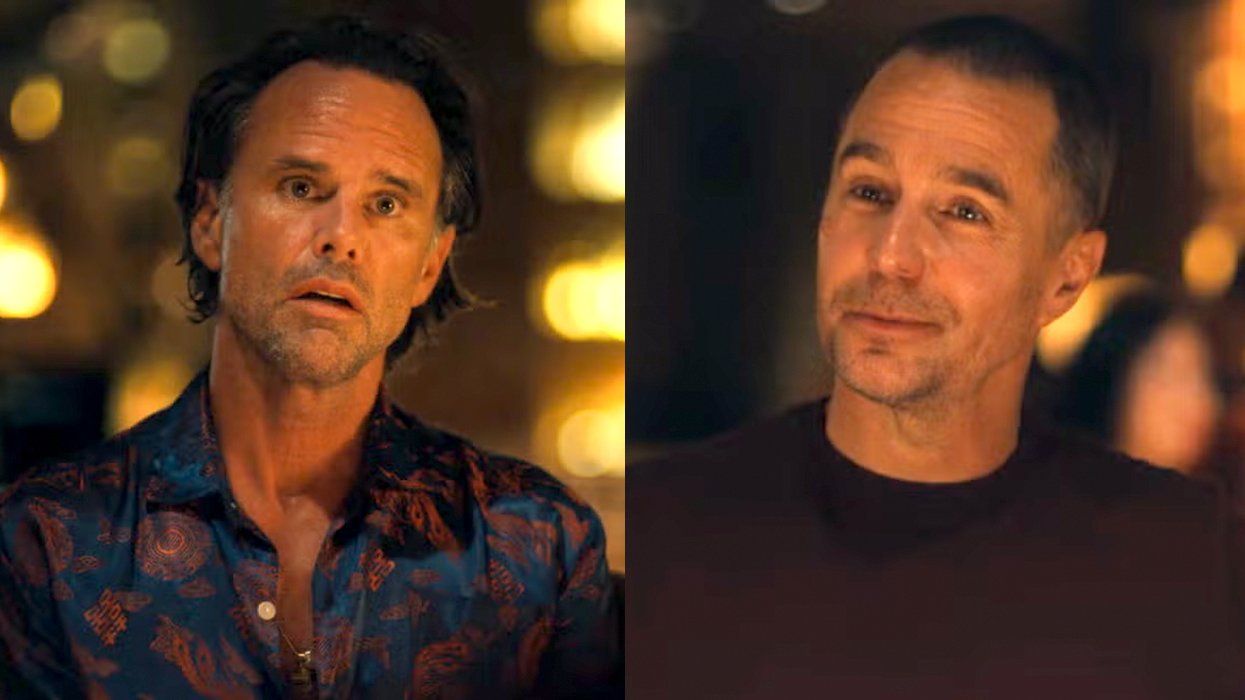

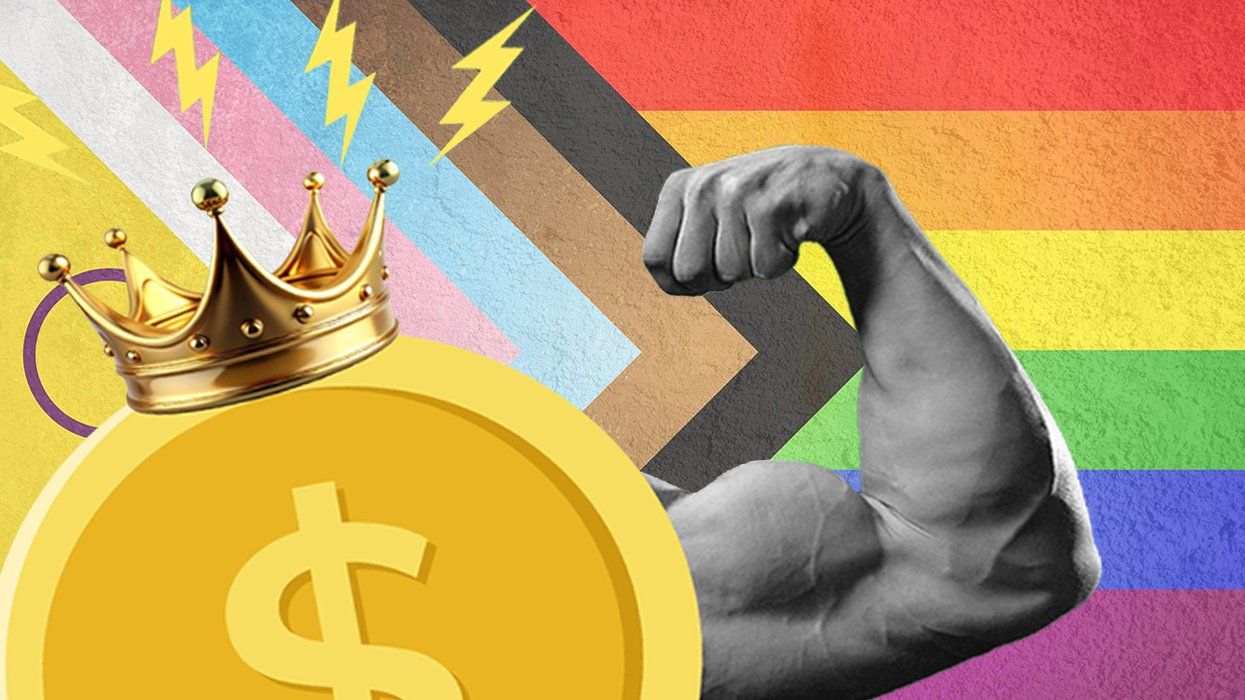




We Need to Change How We Talk About Suicide
An op-ed from The Trevor Project, the world’s largest suicide prevention and crisis intervention organization for LGBTQ+ youth.